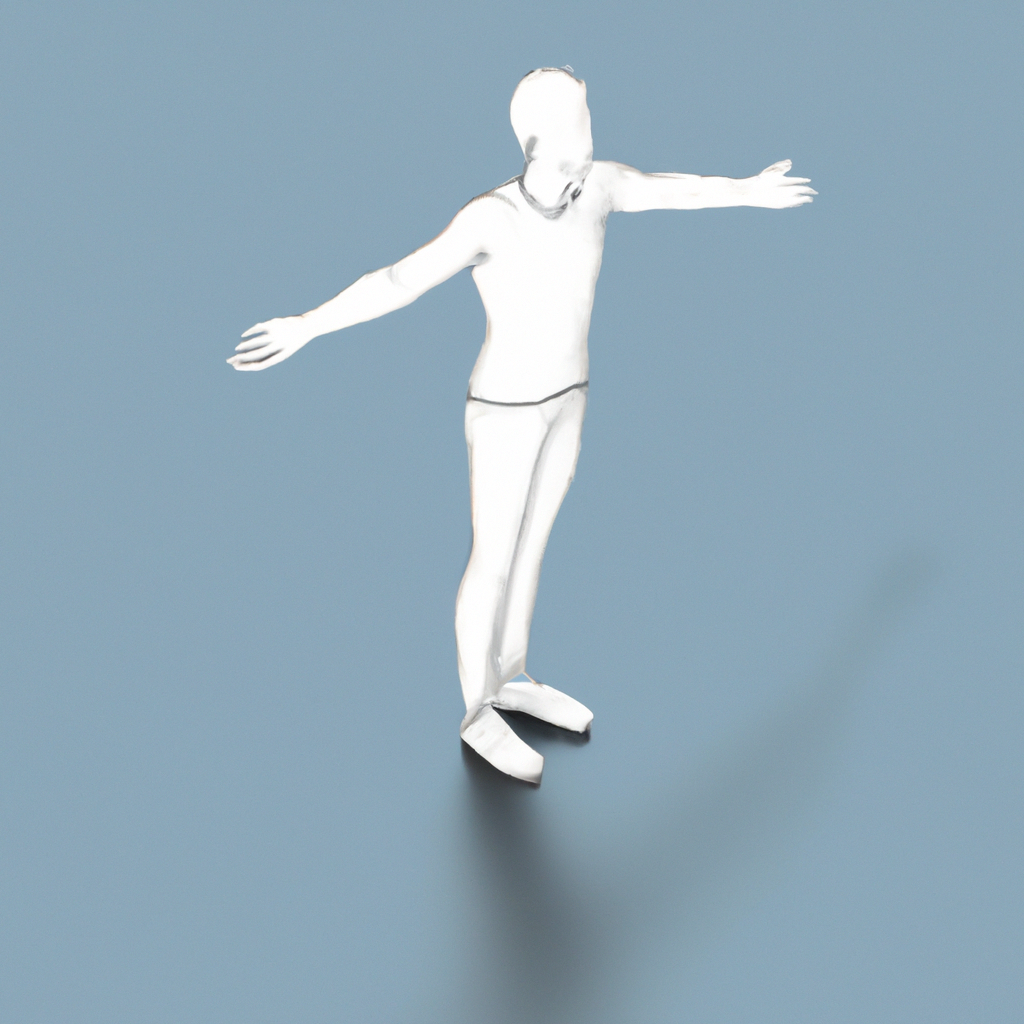In the hustle and bustle of modern life, the significance of maintaining good posture often gets overlooked. We all know that slouching doesn’t look appealing, but did you know that poor posture can have far-reaching effects on your overall wellbeing? This article delves into the relationship between posture and wellbeing, shedding light on the simple yet effective steps you can take to make a positive change in your life.
The Impact of Poor Posture
The repercussions of poor posture extend beyond mere aesthetics. While a hunched back might not seem like a big deal, it can lead to a range of health issues. From chronic back pain to compromised digestion, the consequences are more severe than we realize. Moreover, the toll on mental health is equally significant. A drooping posture can contribute to feelings of depression and low self-esteem.
Understanding Proper Posture
Proper posture is more than just standing up straight; it’s about aligning your body in a way that supports its natural structure. When you maintain good posture, you allow your strengthening core muscles, bones, and ligaments to function optimally. This can lead to improved breathing, reduced strain on your spine, and a noticeable boost in energy levels.
Factors Affecting Posture
Our modern lifestyles are a major culprit behind the decline in posture quality. Long hours spent hunched over desks, coupled with inadequate physical activity, have led to a posture crisis. Ergonomics plays a role too – your workspace setup can either encourage Improve posture or contribute to the problem. Incorporating regular exercise, especially those targeting muscle strength, can pave the way for better posture.
Step-by-Step Guide to Improve Your Posture
Assess Your Current Posture
The journey to better posture begins with self-awareness. Stand in front of a mirror and observe your spinal alignment. Are your shoulders slumping? Is your head jutting forward? Identifying these areas of concern is the first step towards improvement.
Incorporate Posture-Friendly Habits
Breaking the cycle of poor posture requires conscious effort. Set reminders to take breaks from sitting, and use these opportunities to stretch and readjust your posture. Simple habits, like rolling your shoulders back or tucking in your chin, can make a world of difference.
Choose the Right Ergonomic Setup
Your workspace should facilitate good posture. Adjust your chair and desk so that your feet are flat on the floor and your eyes meet the top of your computer screen. This prevents straining your neck and back, ensuring comfort throughout your workday.
Engage in Posture-Enhancing Exercises
Strengthening your core muscles is essential for maintaining proper posture. Exercises like planks and bridges can help build a strong foundation. Additionally, incorporating regular stretching routines enhances flexibility, allowing your body to settle into its natural alignment.
Mindful Sitting and Standing
Whether you’re sitting or standing, spine alignment is key. Imagine a string pulling the crown of your head upward, elongating your spine. Distribute your body weight evenly on both feet when standing, and keep your hips and knees at a comfortable angle when sitting.
Yoga and Pilates for Posture Improvement
Yoga poses for posture and Pilates are excellent practices for posture enhancement. Poses like the Mountain Pose and the Cat-Cow stretch target the muscles responsible for maintaining good posture. These practices also emphasize the importance of breathing, which complements the alignment of your body.
Seek Professional Guidance
Sometimes, seeking expert help is the best way to address posture issues. Physical therapists can assess your posture and create a tailored exercise plan to address your specific needs. Chiropractic care can also provide adjustments that align your spine correctly.
Maintaining Consistency and Progress
Creating a Posture Improvement Plan
Embarking on a journey to better posture requires setting achievable goals. Start small and gradually work your way up to more challenging postural adjustments. This approach increases your chances of success and prevents overwhelm.
Building Posture Awareness
Developing a heightened sense of posture awareness is crucial. Throughout your day, take moments to check in with your body. Are you slouching? Is your weight evenly distributed? The more mindful you become, the easier it is to catch yourself slipping into poor posture habits.
The Connection Between Posture and Wellbeing
As your posture improves, so does your overall wellbeing. When you stand tall and aligned, you project confidence and radiate positivity. Moreover, you’ll likely notice an increase in your energy levels as your body functions more efficiently.
Conclusion
Remember, the journey to better posture is a gradual process that demands patience and commitment. By following the steps outlined in this article, you’re taking a proactive approach towards enhancing your overall wellbeing. So, stand up straight, take a deep breath, and embrace the positive changes that good posture can bring to your life.
FAQs about Improving Posture
- Why is posture important for overall wellbeing?
- Proper posture aligns your body for optimal function, reducing strain and promoting better breathing and energy levels.
- Can I improve my posture without exercise?
- While exercise is beneficial, simply being mindful of your posture and making small adjustments throughout the day can lead to improvement.
- Are there age restrictions for improving posture?
- No, it’s never too late to work on your posture. Starting at any age can have positive effects on your comfort and wellbeing.
- How long does it take to see results in posture improvement?
- Results vary, but with consistent effort, you can start noticing positive changes in a matter of weeks.
- Can poor posture be the cause of my frequent headaches?
- Yes, poor posture, especially in the neck and upper back, can contribute to tension headaches. Improving posture might alleviate these issues.
…


